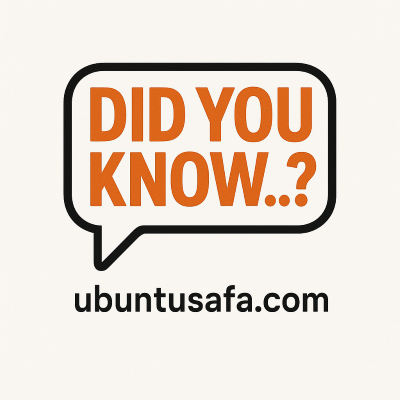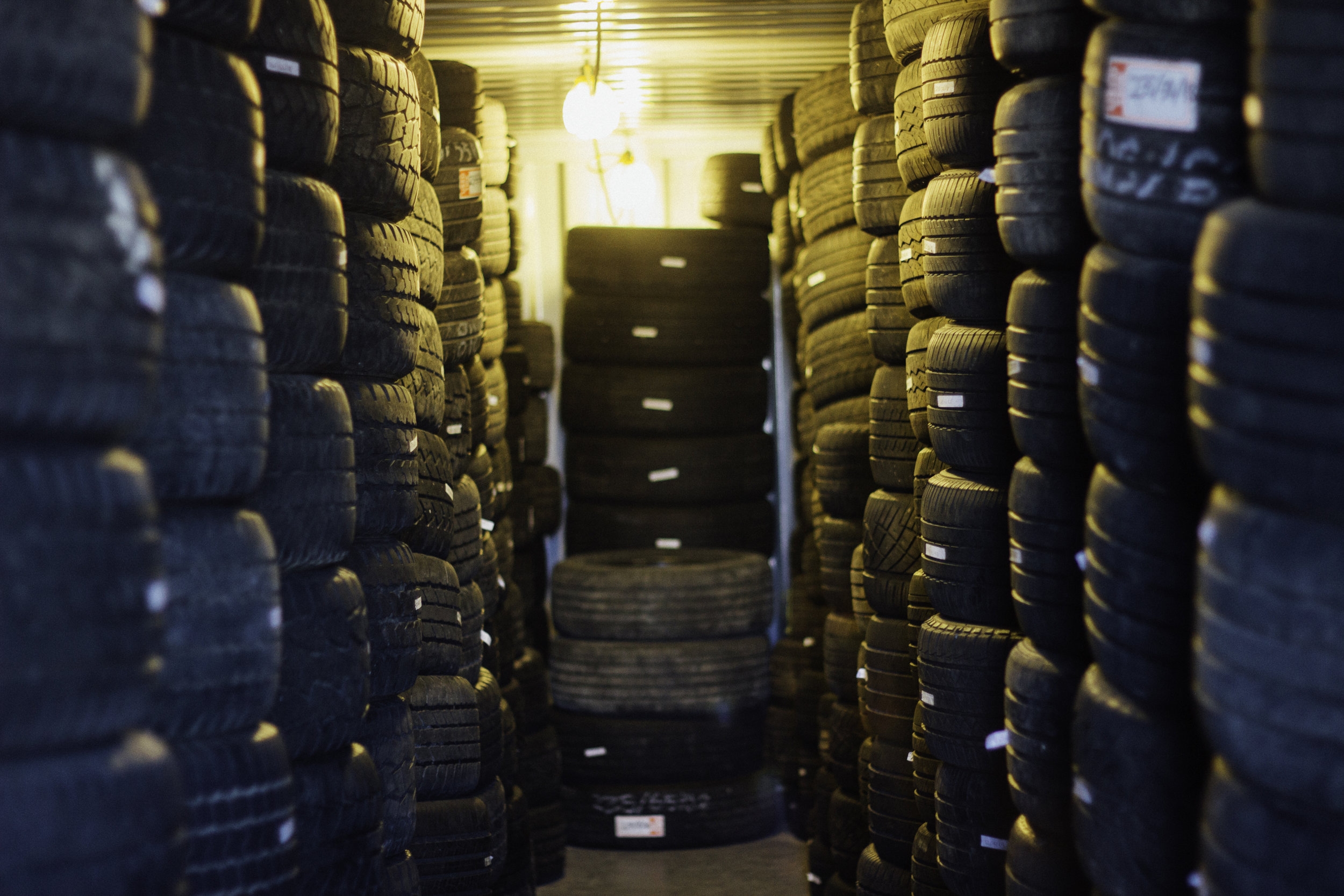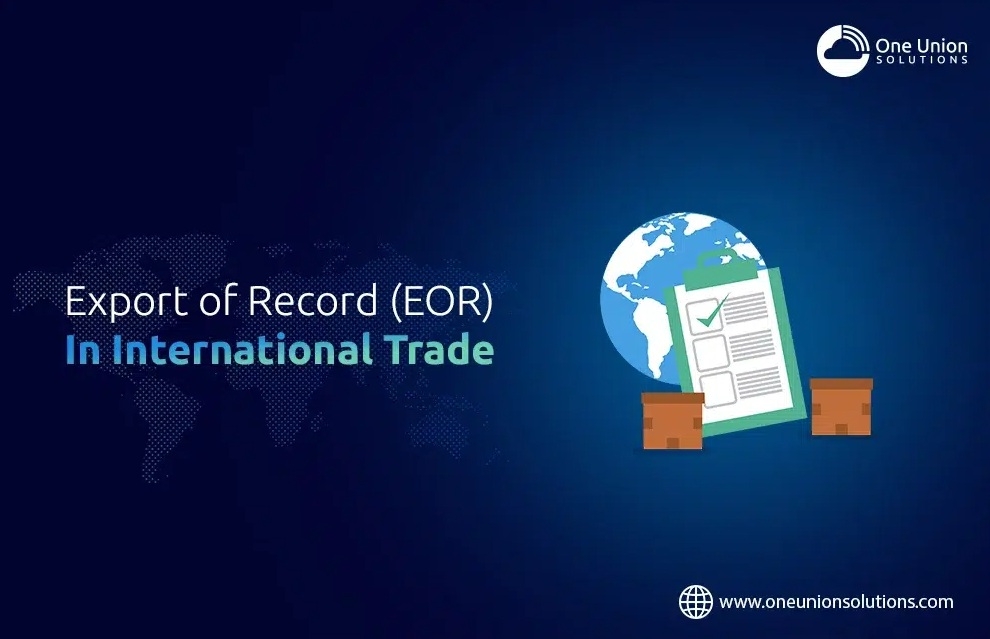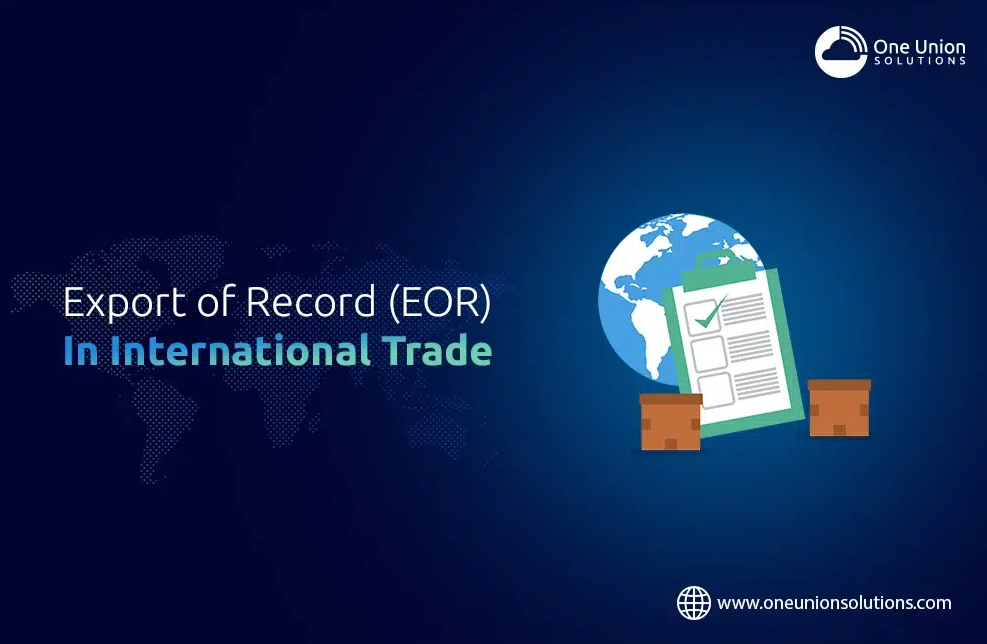Who are the sponsors of wars in Congo, Sudan and South-Sudan?
Chad, Libya, Saudi Arabia, Turkey, Egypt, UAE and Iran are directly and indirectly involved in the wars in these countries.
Why are there no protest in European elite countries and America against these war sponsors in Africa?
External Interests and Rivalries Fueling Conflicts in Congo, Sudan, and South Sudan:-
Wars in the Democratic Republic of Congo (DRC), Sudan, and South Sudan are complex, protracted conflicts with deep internal roots, yet significantly inflamed and sustained by a web of external state and non-state actors. These sponsors, driven by diverse geopolitical, economic, and security interests, provide financial, military, and political support to various factions, often exacerbating instability and prolonging the suffering of civilian populations.
Democratic Republic of Congo (DRC): A History of Regional Meddling and Resource Exploitation
The long-standing conflicts in the DRC, particularly in its eastern regions, have been marked by extensive foreign interference. Neighboring countries Rwanda and Uganda have been repeatedly accused by UN experts and international observers of backing rebel groups, most notably the M23. This support allegedly includes direct military intervention, arms provision, and financial assistance. Their motivations are often linked to their own security concerns, such as combating hostile armed groups operating from Congolese territory, and significant economic interests, particularly the lucrative trade in minerals like gold, coltan, and diamonds.
Other regional powers have also been involved. Burundi has reportedly sent troops into the DRC, at times allied with the Congolese army and at others with interests that align with or counter Rwandan and Ugandan objectives. Historically, countries like Angola, Zimbabwe, and Namibia intervened in past Congo wars, supporting different sides of the conflict.
Beyond immediate neighbors, wider international interests are at play. While less direct in recent frontline combat, historical involvement from countries like France, Belgium (the former colonial power), the United States, and China has shaped the political and economic landscape. Regional blocs such as the Southern African Development Community (SADC) and the East African Community (EAC) have deployed forces with mandates to stabilize the region, though their efforts are often complicated by the intricate network of alliances and rivalries. The draw of the DRC's vast natural resources continues to be a significant magnet for various international corporations and shadowy networks, whose activities can indirectly fuel conflict.
Sudan: A Vicious Power Struggle Entangled with Foreign Agendas
The devastating conflict that erupted in Sudan in April 2023 between the Sudanese Armed Forces (SAF) and the paramilitary Rapid Support Forces (RSF) quickly drew in external sponsors. The United Arab Emirates (UAE) has been widely implicated as a key backer of the RSF, allegedly supplying weapons, drones, and financial aid. This support is seen as part of the UAE's broader strategy to project influence in the Red Sea region and secure economic interests, including gold mining operations largely controlled by the RSF.
Conversely, Egypt has a long-standing relationship with the Sudanese military establishment and is reported to be a primary supporter of the SAF, led by General Abdel Fattah al-Burhan. Cairo views a stable, military-led Sudan as crucial for its own national security, particularly concerning border stability and the Grand Ethiopian Renaissance Dam upstream on the Blue Nile.
Iran has also emerged as a notable supporter of the SAF, reportedly providing drones and other military assistance. This marks a renewal of ties and is viewed by some analysts as an effort by Tehran to counter regional rivals and expand its influence in a strategically important area.
Russia, primarily through the activities of the Wagner Group (now rebranded), has established a footprint in Sudan, focusing on gold mining concessions and security arrangements. While initially appearing to cultivate ties with both factions, recent reports suggest a potential alignment with Iran in supporting the SAF, though its overarching goal remains securing access to resources and projecting power.
Other regional actors, including Chad and elements within Libya (specifically Khalifa Haftar's Libyan National Army), have been accused of facilitating support for the RSF. Saudi Arabia and Turkey also hold significant political and economic interests in Sudan and have engaged with various parties, though their direct military sponsorship in the current conflict is less clear-cut than that of the UAE, Egypt, or Iran.
South Sudan: Civil War Compounded by Regional Rivalries and Resource Politics
The civil war that plagued South Sudan from 2013, shortly after its independence, also saw significant external involvement. Uganda openly deployed its troops in support of President Salva Kiir's government against rebel factions led by Riek Machar, playing a crucial role in preventing the government's collapse in the early stages of the war.
The conflict in neighboring Sudan has more recently had a direct impact on South Sudan's internal dynamics and external alignments. President Kiir's government has reportedly sought closer ties with the UAE and the RSF in Sudan to safeguard South Sudan's critical oil exports, much of which transits through Sudan and areas under RSF influence. This has potentially strained relations with the SAF, which, in turn, has been accused of reactivating ties with opposition groups within South Sudan.
Regional bodies, particularly the Intergovernmental Authority on Development (IGAD), have been central to mediation efforts, often with the backing of the "Troika" – the United States, the United Kingdom, and Norway. However, neighboring countries like Sudan (prior to its current internal conflict), Kenya, and Ethiopia have also been described as "financiers" or "regulators" of the conflict, at times providing material support to different factions or leveraging their influence in peace negotiations to serve their own strategic and economic interests. The control and revenue from South Sudan's substantial oil reserves remain a critical factor influencing both internal power struggles and external involvement.
In conclusion, the wars in the DRC, Sudan, and South Sudan are fueled by a dangerous confluence of internal grievances and external interference. A multitude of state and non-state actors, driven by a complex array of geopolitical ambitions, security concerns, and economic opportunism – particularly the exploitation of vast natural resources – continue to sponsor various warring parties. This external involvement often undermines peace efforts, prolongs the conflicts, and deepens the humanitarian crises afflicting these nations.
By Jo Ikeji-Uju
https://afriprime.net/pages/AnythingWho are the sponsors of wars in Congo, Sudan and South-Sudan?
Chad, Libya, Saudi Arabia, Turkey, Egypt, UAE and Iran are directly and indirectly involved in the wars in these countries.
Why are there no protest in European elite countries and America against these war sponsors in Africa?
External Interests and Rivalries Fueling Conflicts in Congo, Sudan, and South Sudan:-
Wars in the Democratic Republic of Congo (DRC), Sudan, and South Sudan are complex, protracted conflicts with deep internal roots, yet significantly inflamed and sustained by a web of external state and non-state actors. These sponsors, driven by diverse geopolitical, economic, and security interests, provide financial, military, and political support to various factions, often exacerbating instability and prolonging the suffering of civilian populations.
Democratic Republic of Congo (DRC): A History of Regional Meddling and Resource Exploitation
The long-standing conflicts in the DRC, particularly in its eastern regions, have been marked by extensive foreign interference. Neighboring countries Rwanda and Uganda have been repeatedly accused by UN experts and international observers of backing rebel groups, most notably the M23. This support allegedly includes direct military intervention, arms provision, and financial assistance. Their motivations are often linked to their own security concerns, such as combating hostile armed groups operating from Congolese territory, and significant economic interests, particularly the lucrative trade in minerals like gold, coltan, and diamonds.
Other regional powers have also been involved. Burundi has reportedly sent troops into the DRC, at times allied with the Congolese army and at others with interests that align with or counter Rwandan and Ugandan objectives. Historically, countries like Angola, Zimbabwe, and Namibia intervened in past Congo wars, supporting different sides of the conflict.
Beyond immediate neighbors, wider international interests are at play. While less direct in recent frontline combat, historical involvement from countries like France, Belgium (the former colonial power), the United States, and China has shaped the political and economic landscape. Regional blocs such as the Southern African Development Community (SADC) and the East African Community (EAC) have deployed forces with mandates to stabilize the region, though their efforts are often complicated by the intricate network of alliances and rivalries. The draw of the DRC's vast natural resources continues to be a significant magnet for various international corporations and shadowy networks, whose activities can indirectly fuel conflict.
Sudan: A Vicious Power Struggle Entangled with Foreign Agendas
The devastating conflict that erupted in Sudan in April 2023 between the Sudanese Armed Forces (SAF) and the paramilitary Rapid Support Forces (RSF) quickly drew in external sponsors. The United Arab Emirates (UAE) has been widely implicated as a key backer of the RSF, allegedly supplying weapons, drones, and financial aid. This support is seen as part of the UAE's broader strategy to project influence in the Red Sea region and secure economic interests, including gold mining operations largely controlled by the RSF.
Conversely, Egypt has a long-standing relationship with the Sudanese military establishment and is reported to be a primary supporter of the SAF, led by General Abdel Fattah al-Burhan. Cairo views a stable, military-led Sudan as crucial for its own national security, particularly concerning border stability and the Grand Ethiopian Renaissance Dam upstream on the Blue Nile.
Iran has also emerged as a notable supporter of the SAF, reportedly providing drones and other military assistance. This marks a renewal of ties and is viewed by some analysts as an effort by Tehran to counter regional rivals and expand its influence in a strategically important area.
Russia, primarily through the activities of the Wagner Group (now rebranded), has established a footprint in Sudan, focusing on gold mining concessions and security arrangements. While initially appearing to cultivate ties with both factions, recent reports suggest a potential alignment with Iran in supporting the SAF, though its overarching goal remains securing access to resources and projecting power.
Other regional actors, including Chad and elements within Libya (specifically Khalifa Haftar's Libyan National Army), have been accused of facilitating support for the RSF. Saudi Arabia and Turkey also hold significant political and economic interests in Sudan and have engaged with various parties, though their direct military sponsorship in the current conflict is less clear-cut than that of the UAE, Egypt, or Iran.
South Sudan: Civil War Compounded by Regional Rivalries and Resource Politics
The civil war that plagued South Sudan from 2013, shortly after its independence, also saw significant external involvement. Uganda openly deployed its troops in support of President Salva Kiir's government against rebel factions led by Riek Machar, playing a crucial role in preventing the government's collapse in the early stages of the war.
The conflict in neighboring Sudan has more recently had a direct impact on South Sudan's internal dynamics and external alignments. President Kiir's government has reportedly sought closer ties with the UAE and the RSF in Sudan to safeguard South Sudan's critical oil exports, much of which transits through Sudan and areas under RSF influence. This has potentially strained relations with the SAF, which, in turn, has been accused of reactivating ties with opposition groups within South Sudan.
Regional bodies, particularly the Intergovernmental Authority on Development (IGAD), have been central to mediation efforts, often with the backing of the "Troika" – the United States, the United Kingdom, and Norway. However, neighboring countries like Sudan (prior to its current internal conflict), Kenya, and Ethiopia have also been described as "financiers" or "regulators" of the conflict, at times providing material support to different factions or leveraging their influence in peace negotiations to serve their own strategic and economic interests. The control and revenue from South Sudan's substantial oil reserves remain a critical factor influencing both internal power struggles and external involvement.
In conclusion, the wars in the DRC, Sudan, and South Sudan are fueled by a dangerous confluence of internal grievances and external interference. A multitude of state and non-state actors, driven by a complex array of geopolitical ambitions, security concerns, and economic opportunism – particularly the exploitation of vast natural resources – continue to sponsor various warring parties. This external involvement often undermines peace efforts, prolongs the conflicts, and deepens the humanitarian crises afflicting these nations.
By Jo Ikeji-Uju
https://afriprime.net/pages/Anything








